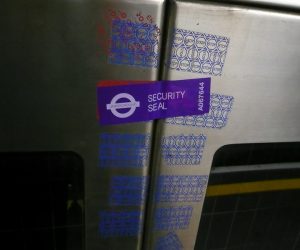Security seals serve as a barricade against the theft of or tampering with high-value products or merchandise. Nearly all forms of transport are fitted with some type of tracking device, but seals are typically preferred over other protection methods because they are often reliable. As a result, choosing the right seal is necessary in order to ensure that the goods in transit will be safe and, if stolen, can be found. Security seals are divided into three categories based on their design and strength. Furthermore, they are categorised based on the type of cargo and the method of transportation as well as the destination.
High-Security Seals
This type of seal provides the best protection for high-value cargo and has a tensile strength of over 1019.72 kg. They are usually composed of metal and are considered “barrier seals” because they cannot be removed without using a special cutter. Furthermore, they can be tracked in the event that the goods are stolen.
High-security seals must comply with the International Standards Organization (ISO), specifically ISO/PAS 17712, as well as the U.S. Customs-Trade Partnership Against Terrorism (C-TPAT) regulations, which is the anti-terrorism security organisation. More information about seal procedures for exports to the U.S. can be found at the Customs and Border Protection website.
Metal Security Seals with Cables
This type of security seal can be applied to various kinds of cargo and has a tensile strength of 231 kg. They are strong and secure seals that can be adjusted based on the length of the cable. These seals are primarily used on shipping containers, valves and tanks. If they are being used on lorries, they must comply with the Transports Internationaux Routiers (TIR) regulations. Each seal is unique because it is marked with numbers and the company’s logo.
Metal Indicating Seals
These are the ideal seals for customs and have a tensile strength of under 231 kg. Indicating seals can also be applied to various means of transport, including lorries and tankers. They are usually made of metal or plastic, and some do not require special cutters to be removed. Some are made of a steel sheet strip, which enables them to bend and close. In addition, each seal is marked with a certain set of numbers and the company’s logo, which makes it easier to identify and track.


